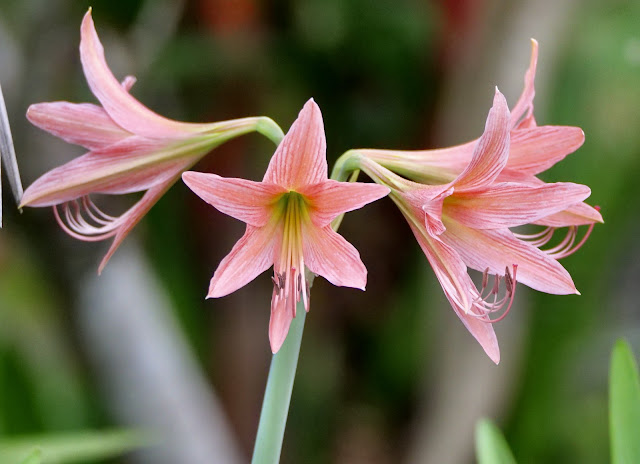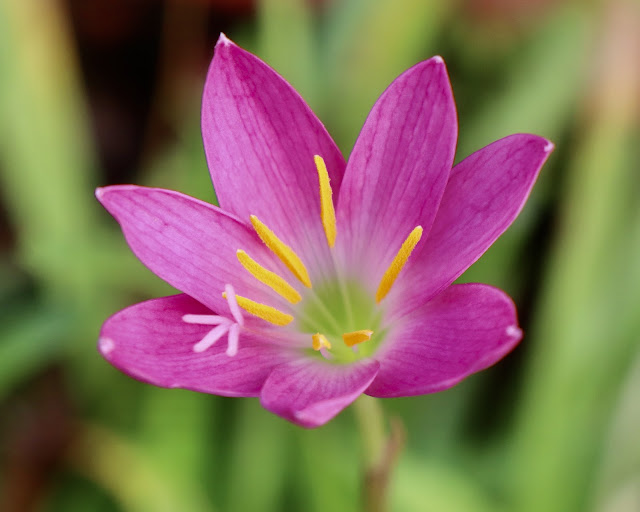I took time to look at the anatomy of the designs in the flowers presented above, after I was asked by a father yesterday, 'Why is my child hyperactive like this'!
As it was the last family to welcome yesterday, even though it was 7 pm in the evening, I was not in a hurry to close that consultation especially, after the father asked this question. During the forty five minutes I spent with the family by then, I watched a disturbing situation in their child of 19 months. He changed hands from grandmother, father and mother, as he could not be consoled. All through the consultations, the only thing that seemed to help him lower the decibels of his crying was, when he was given a bunch of a keys which he mouthed!
For me, an habitual and insistent mouthing of objects, from a child developmental perspective is an indication of a child, being dependent on a pacifier, which is often related to the state of anxiety in an infant or toddler.
His behaviour is a phenotype of all that has been part of his early childhood. He showed some signs of morphological variation from his parents with large ears, rounded face, hypotonia, smaller hands and feet and overweight. That was an indication of a distinct genotype in his chromosomal configuration. He was born with some risk factors, on account of his mother's illness during pregnancy, the child suffering from COVID at three months of age, and child getting exposed to the visual media from three months of age, as his mother had a frequent night duties. His father found it easy to occupy him with cartoons and entertainment in the phone or in the TV. He was silenced when ever he cried by this visual pacifier and was bereft without normal human interface of interaction. He grew up in an environment, when more than six hours of the day he watched cartoons. He was fed while he watched the screen.
The father and mother had contrasting temperament and behavioural phenotype and their interests, social interactiveness and personal habits differed widely.
I was not therefore surprised by the behavioural phenotype of this toddler.
It was while watching the different designs in the petals of the flowers, presented above, I felt intrigued by a complex situation. Each flower has a distinct design in the petals, which is decided by its genotype. The designs carry a predetermined pattern. The modifiability of the designs is less likely to happen. The plant can adapt to different soil and atmospheric conditions, in which case there can be some changes in the phenotype of the flowers.
The science of epigenetics has been advancing in the recent years that it offers more understanding about a child's behavioural phenotype. This is modifiable to some extent by the environment of interactive engagement.
This is where parenting introduces a new dimension of creative exploration of interactive activities, when a child is born with some limitations. The over exposure to the visual media tends to deny children of normal language, communicative and social skills. Similarly, an interactive engagement and socially friendly environment would offer incremental recovery from limitations of genotype to make a child get conditioned by what is offered to promote development.
Th biography of a child begins from infancy.
Every time I come across a family with their infant, about whom parents have concerns about behaviour, I remember the designs on the flower petals. They are an expression of the genotype and environtype.
But a child's behavioural phenotype is modifiable. The media over exposure has a negative impact on language and communication skills. An interactive environment promotes language and communication skills.
Parenting can be no more passive and casual.
A chid's environment creates his or her biography!
M. C. Mathew (Text and photo)








No comments:
Post a Comment